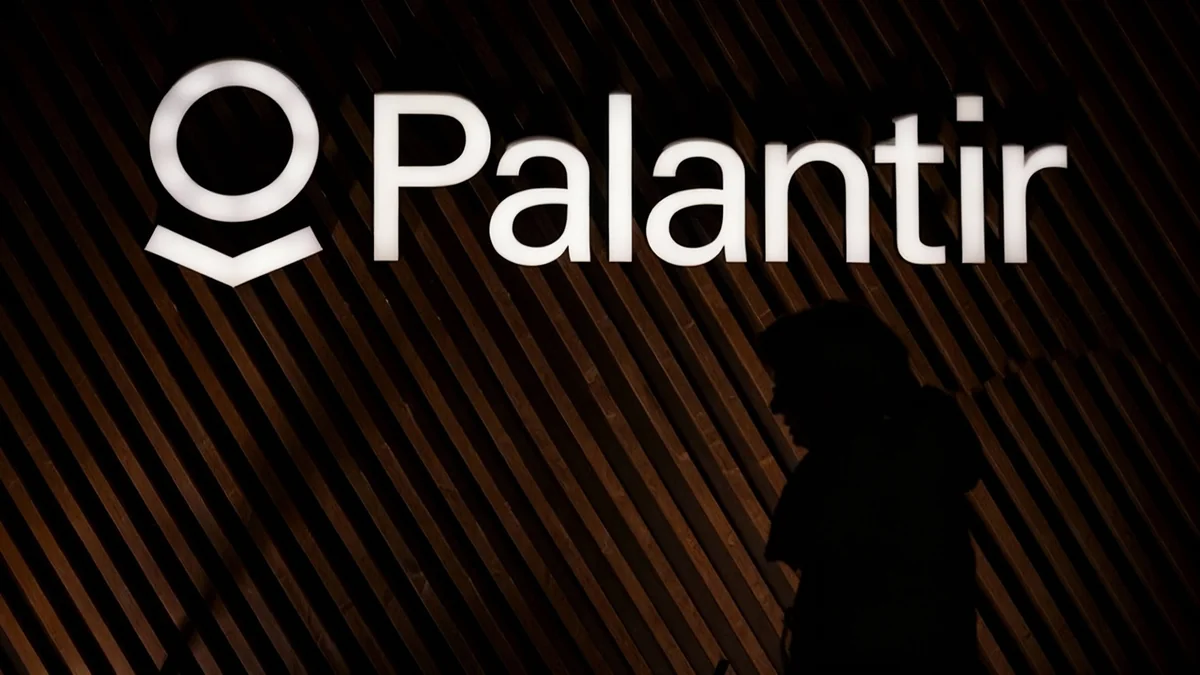Artificial intelligence company Anthropic has outlined an ambitious financial future, projecting it will generate as much as $70 billion in revenue by 2028. Internal forecasts also show the company expects to achieve $17 billion in positive cash flow within the same timeframe, signaling a strategic push for profitability in the capital-intensive AI sector.
These projections are driven by the rapid adoption of Anthropic's AI models by enterprise clients, a strategy that sets it on a distinct path from some of its competitors. A person with knowledge of the company's financials confirmed that its business-to-business (B2B) growth is the primary engine behind these optimistic targets.
Key Takeaways
- Anthropic forecasts reaching $70 billion in annual revenue and $17 billion in cash flow by 2028.
- The company's growth is primarily fueled by its business-focused strategy, targeting enterprise clients.
- Future fundraising efforts could target a valuation between $300 billion and $400 billion.
- Anthropic's path to profitability contrasts with rival OpenAI's projections of significant cash burn in the coming years.
A Detailed Look at the Growth Trajectory
Anthropic's financial roadmap reveals a steep upward curve. The company is reportedly on track to meet a goal of $9 billion in annualized recurring revenue (ARR) by the end of 2025. Looking further ahead, it has set an aggressive target of between $20 billion and $26 billion in ARR for 2026.
This year alone, the company expects revenue from selling access to its AI models via an API to reach $3.8 billion. This figure notably surpasses the $1.8 billion in API revenue that its primary competitor, OpenAI, is expected to generate.
Revenue Milestones
The company's revenue from its Claude Code model is reportedly approaching $1 billion in annualized revenue, a significant jump from about $400 million in July. This rapid growth highlights strong demand in the software development sector.
The Enterprise-First Strategy
Unlike competitors who are also heavily invested in consumer-facing products, Anthropic has sharpened its focus on the B2B market. This strategy is now bearing fruit through a series of high-profile partnerships and product launches tailored for corporate use.
Recent collaborations include a partnership with Microsoft to integrate Anthropic's models into Microsoft 365 applications and its Copilot assistant. The company has also expanded its existing partnership with Salesforce, a major player in customer relationship management software.
Anthropic is also deploying its AI assistant, Claude, to hundreds of thousands of employees at professional services giants Deloitte and Cognizant. These large-scale deployments are crucial for generating stable, long-term revenue streams.
Product Innovation for Business Needs
To support its enterprise push, Anthropic has been strategic with its product development. Over the last two months, it launched smaller, more cost-effective models named Claude Sonnet 4.5 and Claude Haiku 4.5. These models are designed to appeal to businesses deploying AI at a large scale, where efficiency and cost are critical factors.
The company has also introduced specialized tools for specific industries. These include:
- Claude for Financial Services: A version of its model tailored to the unique data and security needs of the finance industry.
- Enterprise Search: A new feature that allows businesses to connect their internal applications and data sources directly to Claude, creating a powerful, centralized knowledge base.
Profitability on the Horizon
A key metric in Anthropic's financial projections is its gross profit margin. After operating at a negative 94% margin last year, the company expects to achieve a 50% gross margin this year. This figure is projected to climb to an impressive 77% by 2028, indicating a clear and rapid path toward sustainable profitability.
The Competitive Landscape and Future Valuation
Anthropic's financial strategy presents a stark contrast to that of OpenAI. While OpenAI, recently valued at $500 billion, is also pursuing enterprise clients, it simultaneously supports a massive consumer user base of 800 million weekly users. OpenAI projects revenues of $13 billion this year and aims for $100 billion by 2027.
However, this growth comes at a cost. OpenAI is anticipating substantial losses, with its cash burn projected to hit $14 billion in 2026 and potentially reaching $115 billion through 2029 as it invests heavily in infrastructure.
Anthropic, on the other hand, is forecasting positive cash flow by 2028. Cash flow, which measures the net amount of cash moving into and out of a business, is a strong indicator of a company's financial health and ability to self-fund its operations without relying solely on external investment.
Eyeing a Higher Valuation
This strong growth and focus on profitability could pave the way for another major funding round. The startup last raised $13 billion from investors in September, in a round that valued the company at $170 billion.
Should Anthropic decide to raise more capital, it would likely target a valuation between $300 billion and $400 billion. Achieving such a valuation would place it among the most valuable technology companies in the world, underscoring the immense investor confidence in the future of enterprise AI.
Despite its ambitious plans, the company does have significant liabilities, including a $2.5 billion credit facility and a $1.5 billion legal settlement from a copyright lawsuit. However, its projected cash flow appears more than sufficient to manage these obligations while funding its continued expansion.





